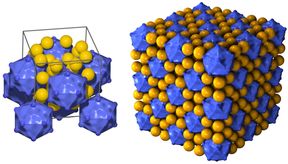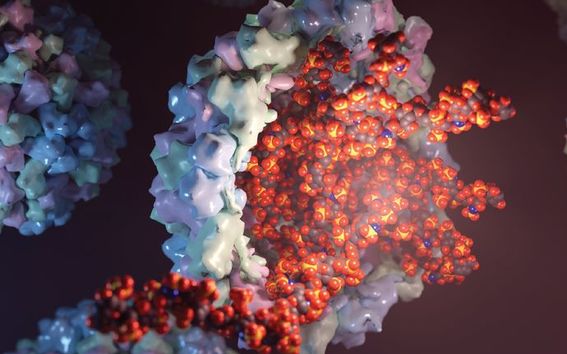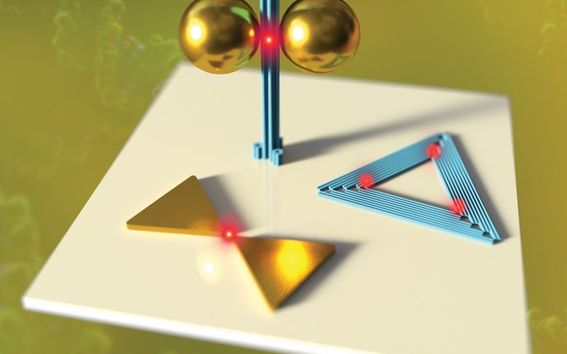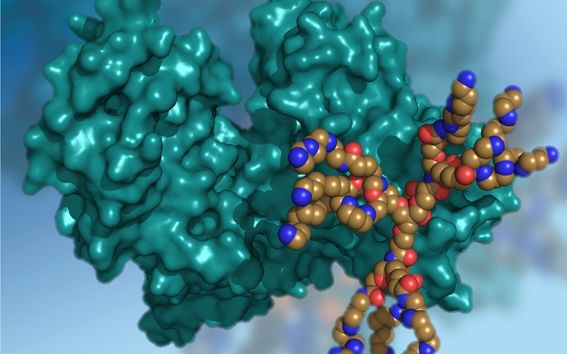Biohybridmaterial

Forskningsämnena inkluderar till exempel:
- Proteinburar
- Strukturell DNA-nanoteknik
- Dendrimerer, dendroner och deras biokonjugat
- Heparinbindemedel
- Lignin-nanopartiklar
Läs mer om forskningen (på engelska)

Chemical Virology
Virus particles – the old foes of mankind – can do much more than infect living organisms. Viruses can be thought of as chemically addressable protein particles that can be modified using (bio)chemistry-based techniques. Evolution has rendered viruses with highly controlled self-assembly properties, which can be utilized e.g. in protection and delivery applications.
Our aim is to engineer and repurpose the best features of viruses to benefit biomedical and materials science applications.
See also:
- DNA Origami Directed Virus Capsid Polymorphism, Nature Nanotechnology, 2023, 18, 1205-1212.
- Electrostatic Assembly of Binary Nanoparticle Superlattices Using Protein Cages, Nature Nanotechnology, 2013, 8, 52-56.

DNA Origami Nanostructures
DNA origami nanostructures are formed by folding a scaffold strand, i.e. a long single-stranded DNA (ssDNA), into desired shape with the help of a predefined set of oligonucleotides. The folding structures can be programmed into arbitrary two and three-dimensional shapes with nanometer scale precision, which opens numerous attractive opportunities to engineer novel functional materials. All the oligonucleotides in the designed structures are unique in sequence and readily available for modification. Therefore, DNA origami can act as a versatile tool for creating active molecular devices as well as directing spatial arrangement of nanomaterials.
We study DNA origamis as platforms for cascade catalysis, preparation of designer metal nanostructures and active reconfigurable materials.
See also:
- Optically Responsive Protein Coating of DNA Origami for Triggered Antigen Targeting, ACS Applied Materials & Interfaces, 2022, 14, 38515-38524.
- DNA Origami Templated Growth of Multilamellar Lipid Assemblies, Angewandte Chemie International Edition, 2021, 60, 827-833.

Life-Inspired Materials
The way we make and use materials affects virtually all aspects of our society, such as our health and quality of living. It is anticipated that the future materials production will be influenced by biology in several ways. One way is that we will need to use more biologically derived raw materials to make products in a more sustainable way. Another is that we can draw inspiration from biology for new ways to achieve properties in materials.
We take inspiration to our material studies from life-like properties such as how living structures form, how cells grow, adapt, and how signals are transmitted and stored. This will allow us to give materials new interactive properties and find new ways to make materials in general.
See also:
- Reconfigurable pH-Responsive DNA Origami Lattices, ACS Nano, 2023, 17, 11014–11022.
- Robotic DNA Nanostructures, ACS Synthetic Biology, 2020, 9, 1923-1940.






